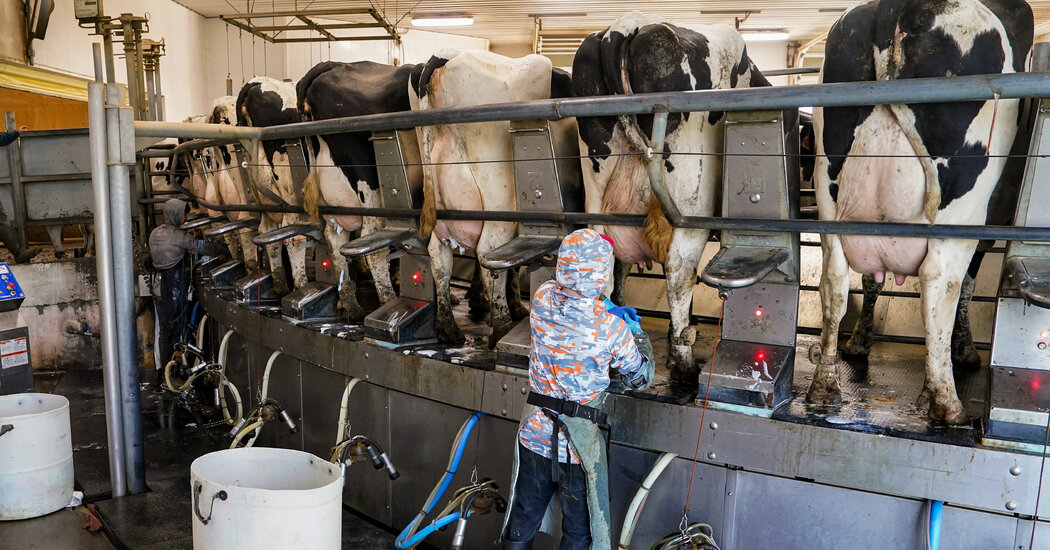Even as the H5N1 virus evolves, gaps remain in the nation’s contingency plans for human testing, scientists say.
The first step in combating any infectious disease outbreak is detection. Without widespread testing, health officials have little sense of who is infected, when to treat patients and how to monitor their close contacts.
In that sense, the bird flu outbreak plaguing the nation’s dairy farms is spreading virtually unobserved.
As of Monday, the virus had infected 157 herds in 13 states. But while officials have tested thousands of cows and are monitoring hundreds of farmworkers, only about 60 people have been tested for bird flu.
Officials do not have the authority to compel workers to get tested, and there is no way for workers to test themselves. In the current outbreak, just four dairy workers and five poultry workers have tested positive for H5N1, the bird flu virus, but experts believe that many more have been infected.
The Covid-19 pandemic and the mpox (formerly monkeypox) outbreak in 2022 revealed deep fissures in the U.S. approach to testing for emerging pathogens. Those failures prompted federal agencies to move toward policies that would allow rapid scaling of testing during an outbreak.
But progress has been sluggish, interviews with more than a dozen academic and government experts suggest.
